Iron Meteorites
Iron meteorites are composed largely of nickel-iron metal, and most
contain only minor accessory minerals. These accessory minerals often
occur in rounded nodules that consist of the iron-sulfide troilite or
graphite, often surrounded by the iron-phosphide schreibersite and the
iron-carbide cohenite. Despite the fact that some iron meteorites contain
silicate inclusions, most have fundamentally the same superficial
appearance.
Presently, iron meteorites are classified under two established systems.
Just a few decades ago, iron meteorites were exclusively classified
according to the macroscopic structures revealed when their polished
surface was etched with nitric acid. Depending on these structures, they
were separated into three classes: octahedrites, hexahedrites, and
ataxites.
Gebel Kamil
Gebel Kamil
22°01'06"N 26°05'16"E
East Uweinat Desert, Egypt
Found: 19 Feb 2009
Classification: Iron meteorite (ungrouped)
History: A total of about 1600
kg of iron meteorite shrapnel , ranging in mass from < 1 to
35,000 g, plus a single 83 kg individual completely covered with
well developed regmaglypts, was found in and around the 45 m
diameter Kamil impact crater by an Italian-Egyptian geophysical team
in February 2009 and February 2010. Ca. 800 kg of the total mass
observed in the field (the regmaglypted individual inclusive) was
recovered. The Kamil crater was identified by V. De Michele, former
curator of the Natural History Museum in Milan, Italy.
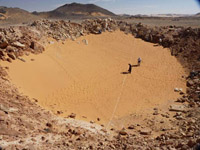

|
|
|
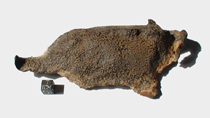

|
|
|
|
Gebel
Kamil 00
832gr
flat elongated specimen, superb desert patina
SOLD |
|
|
|
|
|
|
|
Gebel Kamil 01
374gr
dome shaped specimen, looks oriented
SOLD
|
|
|
|
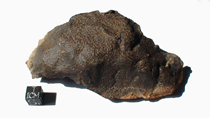

|
|
|
|
|
|
|
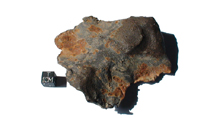

|
|
|
|
Gebel Kamil 02
404gr
flat specimen
SOLD
|
|
|
|
|
|
|
|
Gebel Kamil 03
396gr
flat specimen, nice desert patina
HOLD
|
|
|
|
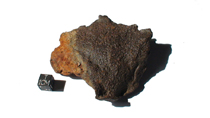

|
|
|
|
|
|
|
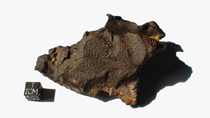

|
|
|
|
Gebel Kamil 04
401gr
perfect specimen,, a must have
SOLD
|
|
|
|
|
|
|
|
Gebel Kamil 05
282gr
flat elongated specimen
SOLD
|
|
|
|
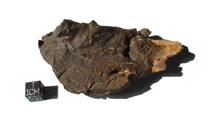

|
|
|
|
|
|
|


|
|
|
|
Gebel Kamil 06
191gr
flat specimen, good desert patina
SOLD
|
|
|
|
|
|
|
|
|
|